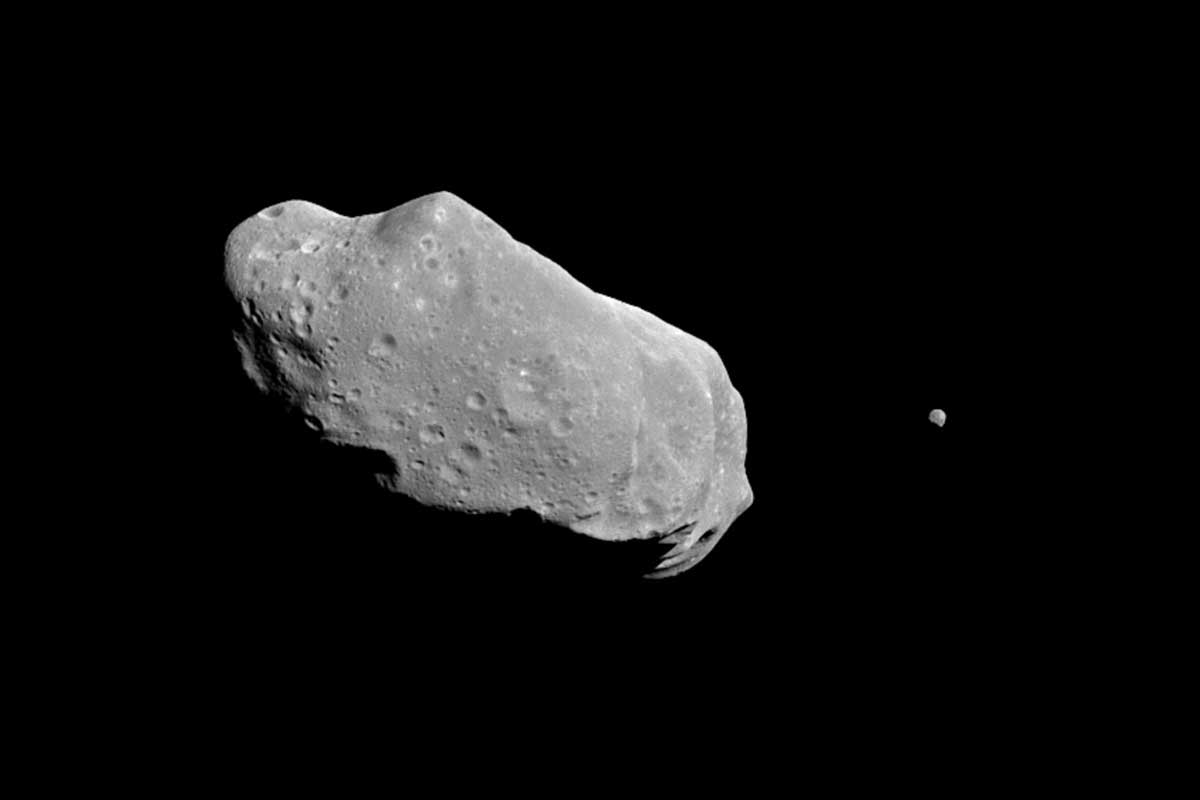Imagine a celestial body larger than the Statue of Liberty skyrocketing past Earth with enough energy to flatten a city. Since 2011 this has only happened once, and it occurred earlier this month. Asteroids are small bodies, often made up of rock, that exist in the solar system.
Where did they come from? Scientists speculate that they were minor planets at the birth of the solar system characterized by their misshapen and miniature figures. Astronomer and Catholic Priest Giuseppe Piazzi discovered the first of these small bodies in 1801 when he found a light moving in the sky just between Jupiter and Mars. After several more sightings, astronomers realized that they must have discovered something new.
Asteroids come in many sizes from as small as a few feet across to several hundred miles.
Asteroids come in many sizes from as small as a few feet across to several hundred miles, and can be made up of different materials: 75 percent are carbon-based, 17 percent are silicon-based and 8 percent are miscellaneous but mostly metallic. There are 958,963 known asteroids orbiting the sun in our solar system, with hundreds more being discovered every month. Even though there are so many asteroids their total mass is relatively puny, equating only about 5 percent the mass of Earth’s moon.
As we celebrate Asteroid day today (June 30), UCF is over the moon about its eight faculty members who have asteroids named after them as a recognition of their contribution to their planetary science research.
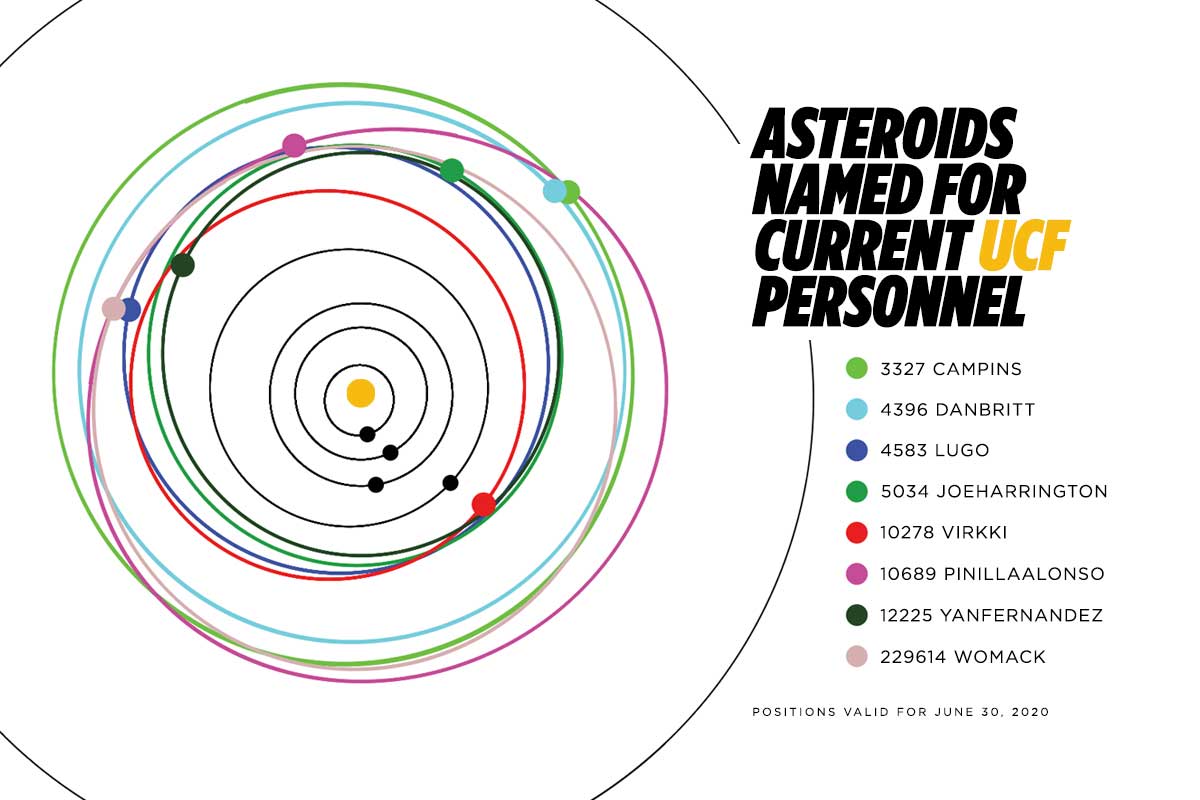
These faculty study a vast array of astronomy and planetary science from mineralogy and exoplanetary atmospheres to asteroid composition and solar system formation. Several others with UCF affiliations also have asteroids named after them in the asteroid belt between Mars and Jupiter.
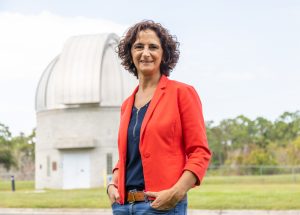
Noemi Pinilla-Alonso is a planetary scientist who joined the Florida Space Institute in 2015. She received her doctorate in astronomy and astrophysics at the University of La Laguna, Spain, in 2009. Her research interest is discovering how our solar system formed and evolved to its present state. In particular, she observes small bodies to determine their surface compositions to understand the mechanisms responsible for surface alterations.
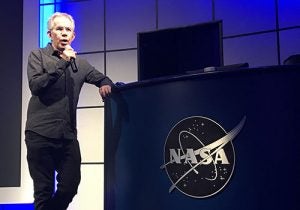
Humberto Campins is a professor of physics and astronomy at UCF. His area of expertise focuses entirely on astronomy, with an emphasis on airborne bodies which exist in the solar system. In 2013 Campins was names Pegasus Professor, earning the highest award attainable by a UCF faculty member. He is also a co-investigator in UCF’s new Center for Lunar and Asteroid Surface Science (CLASS) funded by NASA’s Solar System Exploration Research Virtual Institute (SSERVI). He is also a part of NASA’s OSIRIS Rex mission, which aims to collect a sample from an asteroid and return it to earth for study. It is the first such mission for the United States.
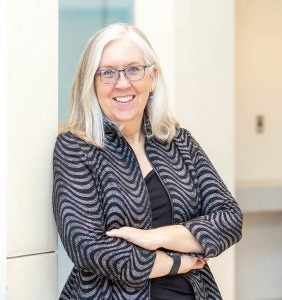
Maria Womack is a planetary scientist and astrophysicist at the Florida Space Institute. She graduated with a doctorate in physics from Arizona State University in 1991. Since then she has held various professor and director positions at organizations. In her current research, she and a team of other research scientists work to constrain physical and chemical models of the origins of planetary systems by obtaining and analyzing data of comets and exoplanets.
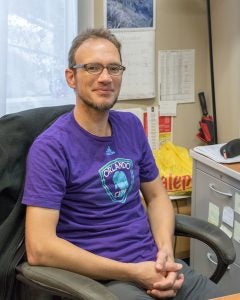
Yan Fernandez received his doctorate in astronomy from University of Maryland in 1999. He spent three years a scientific researcher and three years as a SIRTF/Spitzer Fellow at University of Hawai’i before joining UCF in 2005, where he is a professor of physics. His research focuses on the composition of comets and asteroids.
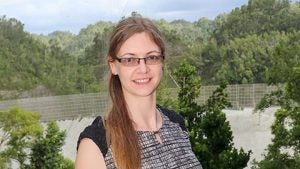
Anne Virkki received her doctorate in astronomy from the University of Helsinki in 2016. She is a research scientist at the Arecibo Observatory, which is managed by UCF through a grant agreement with the National Science Foundation. Vrikki leads the planetary radar program at the facility. The program is fully supported by NASA’s Near-Earth Object Observations Program in NASA’s Planetary Defense Coordination Office.
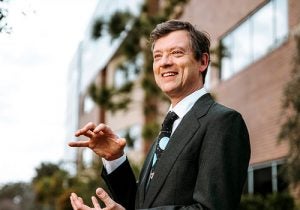
Joseph Harrington received his doctorate in planetary science from the Massachusetts Institute of Technology in 1994. He worked at NASA and Cornell University before joining UCF in 2006 and beginning his professorship. His research focuses on exoplanets, planets outside our solar system.
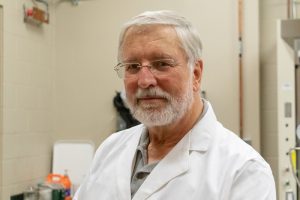
Daniel Britt received his doctorate degree from Brown University in 1991. His research areas include astronomy and planetary science. Specifically, Britt’s focus is on the physical properties and mineralogy of asteroids, comets, the Moon and Mars under several NASA grants. He also is the director of the Center for Lunar and Asteroid Surface Science (CLASS), a node of NASA’s Solar System Exploration Research Virtual Institute (SSERVI).
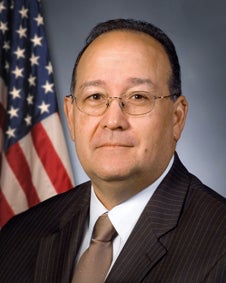
Ray Lugo received his master’s in engineering from the Florida Institute of Technology in 1982. He serves as director of UCF’s Florida Space Institute where he oversees more than 20 scientists and engineers focused on space research and education activities that help develop Florida’s Space Economy. FSI also houses the Florida Space Grant Consortium for NASA, and the Space Research Initiative for the State of Florida. He also served as director of the National Aeronautics and Space Administration’s John H. Glenn Research Center. Previously he also served as deputy program manager of the Launch Services Program at NASA’s Kennedy Space Center. Lugo has received numerous honors, including two NASA Exceptional Achievement Medals for contributions to the Galileo Mission and the Space Station Redesign, and three NASA Outstanding Leadership Medals for his instrumental role in the Expendable Launch Vehicle Program Transition.
